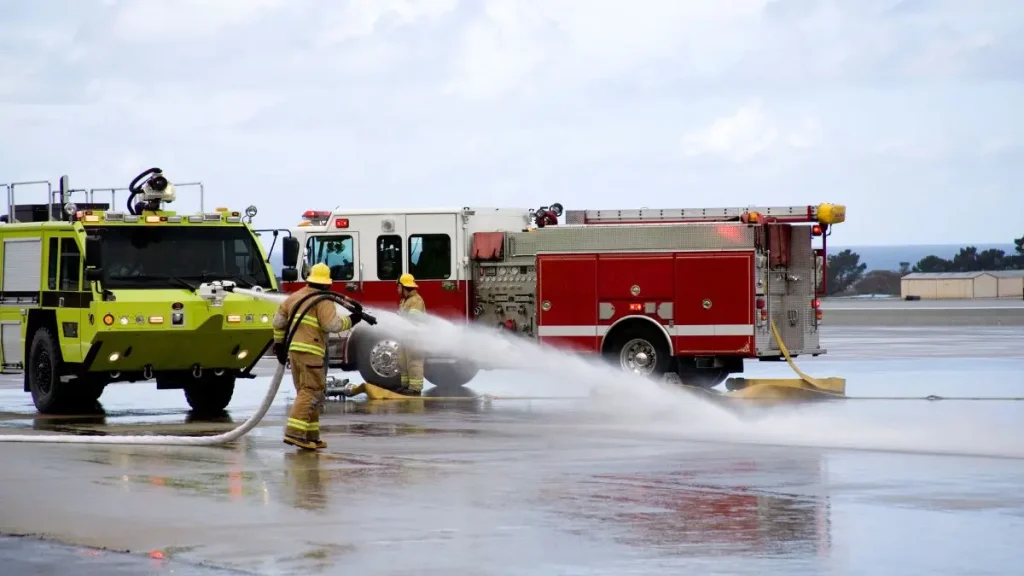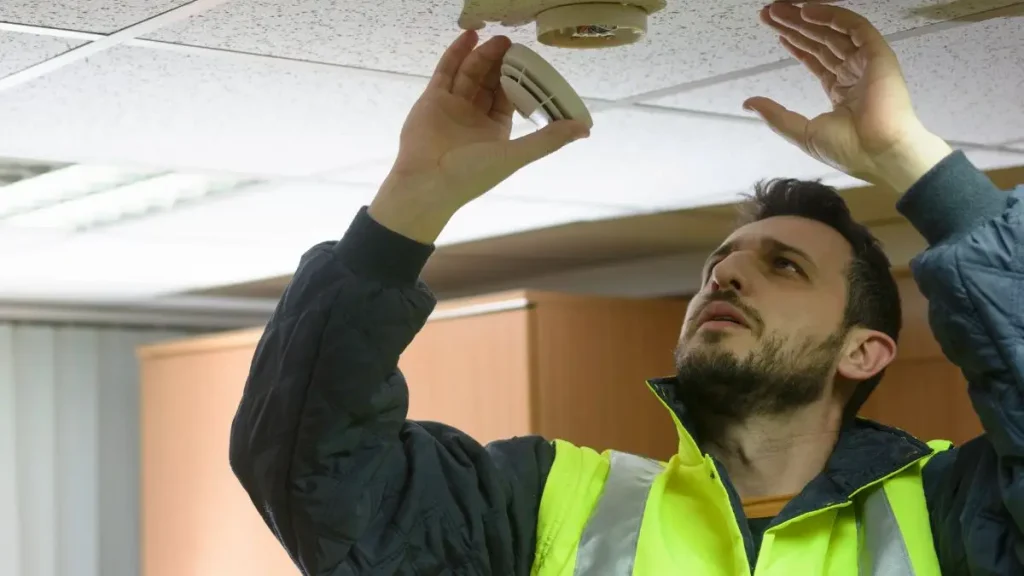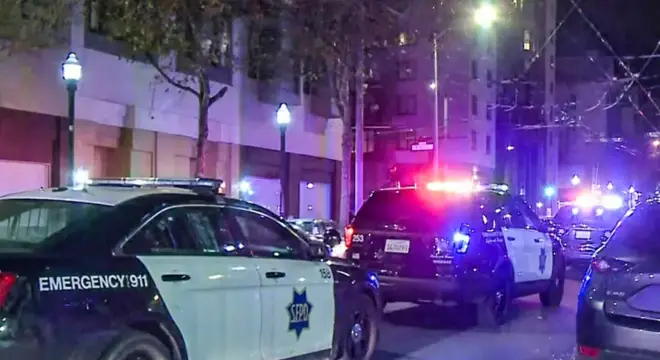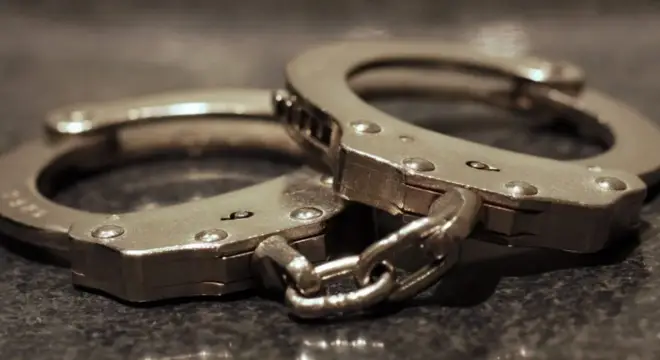Six People Evacuated After Blaze Breaks Out in Miami-Dade Home
I still remember reading about this fire and feeling a mix of relief and concern. Six people, including two children, and even their pets, made it out alive after a fire tore through their home in southwest Miami-Dade. The thought of what could have happened if neighbors hadn’t been there to help really hits hard—it’s a reminder of how crucial quick action and community support can be.
The fire broke out around 3 a.m. on the 10500 block of Southwest 160th Court in The Hammocks. I can only imagine the chaos and fear in those moments, and yet everyone escaped safely. Fire crews arrived promptly and stayed for several hours, making sure the fire was fully under control. The cause? Still under investigation, which is a stark reminder that fires can happen unexpectedly, no matter how careful we think we are.
If you’re reading this, take a moment to think about your own home and how prepared you are. Are your escape plans clear? Do your smoke detectors work? Because in situations like this, every second counts—and knowing what to do can save lives.
How the Escape Happened?

When I read about this fire, I couldn’t help but picture the panic inside that home. Six people—including two young children—and even their pets, had to escape a fire that broke out in the middle of the night.
According to Local10, neighbors rushed to help, guiding everyone out safely before the fire could spread further. Just imagine being woken up at 3 a.m. by smoke and heat, the smell of burning wood filling the air, and having to make split-second decisions to save lives. That’s what this family went through.
The quick intervention by neighbors was incredible, but it also highlights a bigger lesson: we can’t rely solely on emergency services. Having a clear plan, knowing your exits, and practicing it regularly can make all the difference.
I’ve personally walked through my escape routes multiple times, imagining worst-case scenarios, and it gives a strange sense of readiness. If you haven’t done this yet, start today. Even simple steps—like identifying windows that open easily or a secondary door—can turn panic into organized action.
Similar quick responses saved lives in past incidents, like the Hibbing home fire that was completely destroyed in a devastating explosion.
Emergency Response and Firefighting
Fire crews from Miami-Dade Fire Rescue arrived quickly and remained on the scene for several hours, containing the blaze and making sure no one was left in danger. Watching professionals work under such pressure makes you realize how much training and coordination it takes to handle these emergencies effectively.
Their presence not only prevents the fire from spreading further but also reassures families that help is on the way.
But here’s something I want you to consider: in the first few minutes before firefighters arrive, it’s your actions that matter the most. Knowing how to alert everyone in the house, getting children and pets to safety, and staying calm under pressure are all critical.
This story reminded me to review my own emergency kit and ensure everyone in my home knows what to do if flames suddenly appear. You can do the same—practice fire drills, mark clear escape paths, and check that smoke alarms are functional. It sounds simple, but in moments like this, simple actions save lives.
Firefighters have battled intense house fires before, including a recent incident in Ames, where their timely intervention prevented further tragedy.
Community Role and Support
What truly struck me about this incident is the role of the neighbors. They didn’t wait for official help—they sprang into action immediately. Every second counts during a fire, and having alert, caring neighbors nearby can literally save lives. I found myself thinking about how often we overlook the people around us until a crisis hits.
For you, this is a reminder to cultivate awareness and solidarity in your own community. Check in with neighbors, especially the elderly or those with young children.
Share safety tips and even your emergency plans—it might seem small, but during a real crisis, these connections become lifelines. Stories like this one show that a strong, watchful neighborhood can amplify safety far beyond what any smoke detector or alarm can achieve.
Just like in North Dakota, where residents of a twin home were displaced, community support and solidarity can make a real difference during emergencies.
Fire Safety Lessons for Homeowners

If you take only one thing from this story, it should be that prevention and planning are non-negotiable. Fires don’t wait for convenient moments—they strike suddenly, often in the middle of the night. Here’s what this family’s experience teaches us:
- Smoke detectors save lives: Test them monthly, replace batteries yearly, and make sure alarms can be heard throughout your home.
- Plan and practice escape routes: Know at least two ways out from every room, and rehearse them with everyone in your household—including kids and pets.
- Electrical and kitchen safety: Overloaded outlets, unattended stoves, or faulty appliances are common fire starters. Regularly check wiring and unplug devices when not in use.
- Emergency kit and communication plan: Have essentials ready in a grab-and-go bag and ensure everyone knows where it is. Include items for pets too.
I’ve started auditing my own home with these points in mind, and I can tell you—it feels empowering to know that, if something goes wrong, you’ve already thought it through. You should do the same; a few hours of preparation could prevent a lifetime of regret.
If you want quick safety tips and real-time alerts about home emergencies, there’s a WhatsApp channel sharing practical updates that many homeowners find useful.
Investigation and Next Steps
As of now, authorities haven’t confirmed the cause of the fire, but investigations are ongoing. This pause serves as a stark reminder that even when everything seems fine, risks can exist unnoticed. Nearby homes may undergo inspections, and updates will likely come in the days following the incident.
While we wait for more details, it’s a perfect time to take stock of our own fire safety measures. Check your smoke alarms, review family escape plans, and ensure everyone knows their role during an emergency.
Fires can ignite in seconds, but having a plan in place gives you the best chance to protect your loved ones and your home. This story isn’t just news—it’s a call to action for all of us to be ready before disaster strikes.
Key Takeaways and What You Can Do
Reading about this fire, I kept thinking: six people survived because of quick thinking, community support, and a bit of preparedness. But the truth is, luck shouldn’t be part of your fire safety equation—you and I can do better than that.
Here’s what I want you to take away:
- Plan your escape: Know every exit, practice it regularly, and make sure everyone—including children and pets—knows what to do.
- Check your alarms: Smoke detectors and fire alarms are your first line of defense. Test them, replace batteries, and make sure they’re loud enough to wake everyone.
- Community matters: Look out for neighbors, share safety tips, and be ready to help. A connected community saves lives.
- Be proactive: Inspect your home for electrical hazards, keep fire extinguishers handy, and review safe cooking practices.
I want you to pause for a moment and think: if a fire started tonight, could you get everyone out safely? Take five minutes today to review your plans, check alarms, or even walk through escape routes. Those small steps make a real difference.
Now I’m curious—what fire safety habits do you already practice at home? Or is there one thing you plan to change after reading this? Drop your thoughts in the comments or share this article with someone you care about. Let’s make sure more homes are prepared before tragedy strikes.
For more stories on home safety and fire incidents, check out our Home Incidents category to stay informed and prepared.
Disclaimer: The information in this article is for general informational purposes only. It is based on news reports and public sources at the time of writing. Readers should always follow official guidance and consult local authorities for fire safety and emergency procedures.


